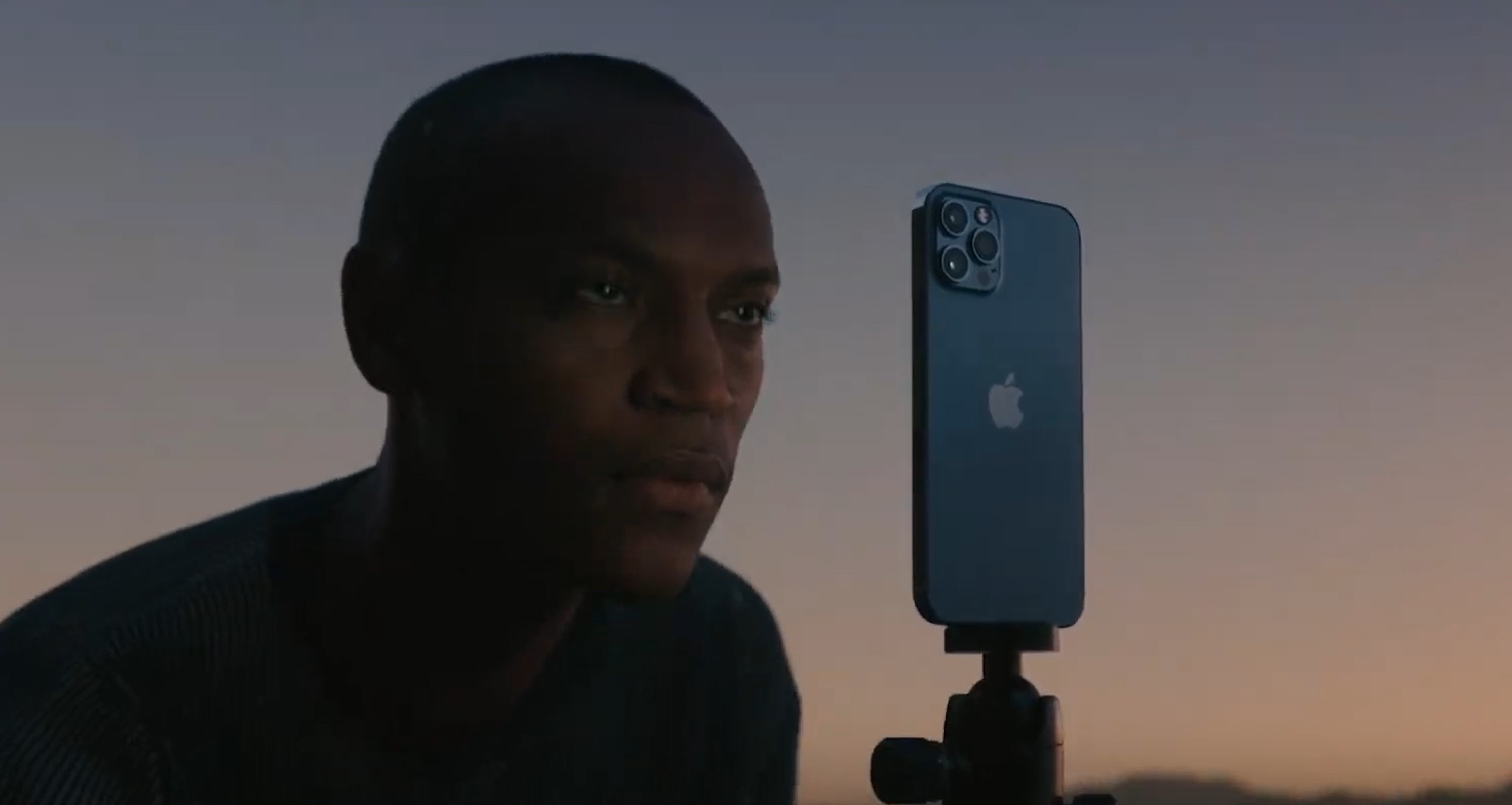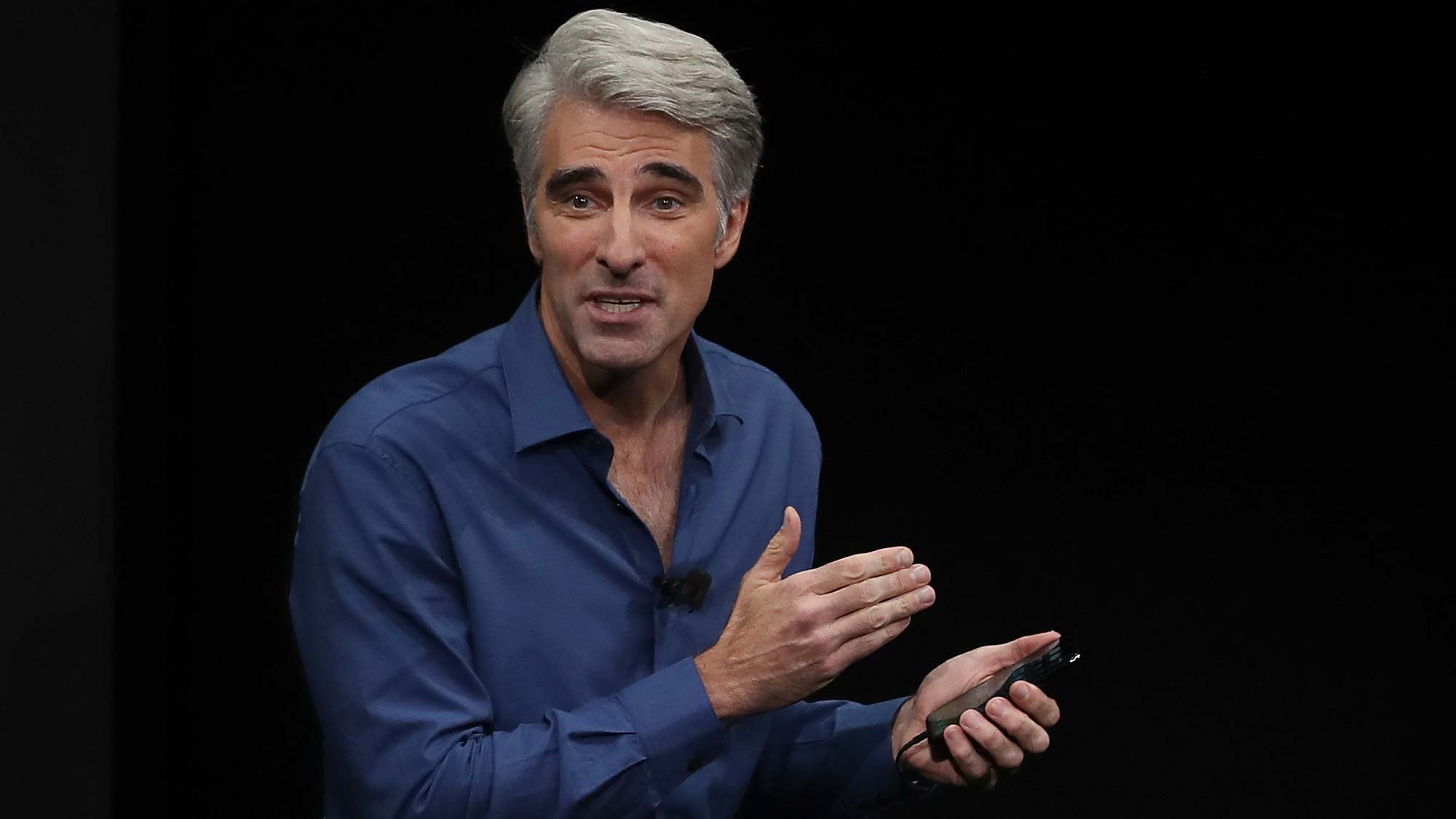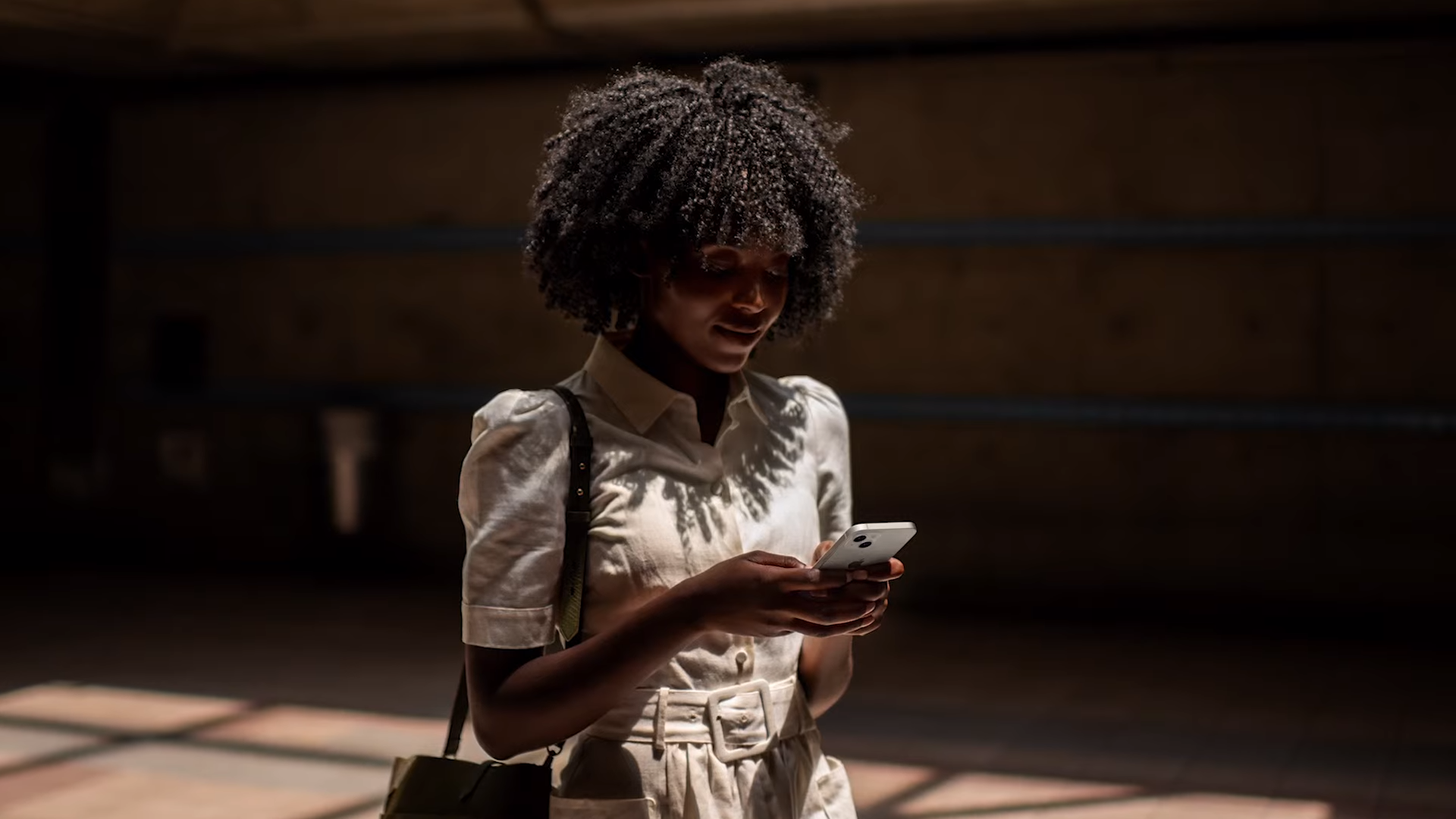Five years later, Face ID is still the iPhone’s worst feature
Face ID is limited in many ways, and after testing a couple of new devices with fingerprint readers, I’m convinced it’s the iPhone’s worst feature

I dread unlocking my iPhone. Every time I lift my iPhone 13 mini to authenticate my face, I fear it won’t recognize me due to an off-kilter angle, sun ray obstruction, or some other hindering factor. Consequently, I’m forced to input my PIN. It’s especially a pain when I attempt to sign in to an account or buy an app. In those scenarios, it’s not just a few digits I have to punch in — I’m inconveniently prompted to type in my password manager or Apple ID’s 20-character alphanumeric code.
Face ID was supposed to be the future of authentication — a “fluid experience,” Apple promised in 2017. A decade later, it feels like nothing but a step back. When I switched to an iPhone, I knew that it would offer me a better, more reliable experience in many ways, but its facial-only biometric authentication and proprietary charging port would forever be the bane of my existence. I learned to live with the latter, partly thanks to wireless charging, but the former? That’s been a nightmare and a half. Hear me out.
Why Face ID is the iPhone’s worst feature
Face ID, for me, fails far more often than it should on a flagship smartphone. There’s an endless list of scenarios where Face ID refuses to work and throws an error: under direct sunlight, when sitting on my desk, while I’m wearing a mask (as well as glasses), off-kilter angles, right after I wake up — you get the idea. There are also times when I just can’t stare directly into my phone’s front sensors ( e.g., asking Siri to text someone while driving). In fact, at the iPhone X launch, when Face ID was introduced, Apple’s VP Craig Federighi, couldn’t unlock the demo phone with his face, likely because of the stage light.
I’ve made peace with the fact that Apple is not planning to phase out Face ID any time soon — so I thought. In the last few months, I’ve tinkered with the Google Pixel 6, iPhone SE and the iPad Air 5, all of which — you guessed it — are equipped with the good ol’ fingerprint sensor. And you know what? I miss using my digits to unlock my iPhone more than I initially thought.
Though Face ID feels effortless whenever it works, fingerprint sensors simply make more sense on phones. They’re more accurate, reliable and versatile — and faster, too. Plus, their efficacy is not affected by how you look at any given moment. If I’m wearing a beanie and sunglasses on a cold bright morning while owning a Face ID-equipped iPhone, I’d have to input my PIN like it's 2012. With a fingerprint sensor, it’s business as usual.
Manufacturers have the option to place a fingerprint sensor in a bunch of locations to suit their designs. All three devices I mentioned earlier feature a different kind of fingerprint sensor: the Pixel 6 has it under the screen, the iPhone SE houses it inside the home button, and the iPad Air offers it on the side-mounted power key. When operating a phone, our fingers naturally rest on these locations, whether it’s the screen, on the side, or at the back — and it’s unlocked as soon as you pick it up or pull it out of your pocket.
Under-display and side-mounted fingerprint readers also defeat one of the purposes Face ID was intended to accomplish: an edge-to-edge screen. Under-display biometrics allowed phone makers like Samsung to cut bezels and offer more screen real estate on their phones.
Sign up to receive The Snapshot, a free special dispatch from Laptop Mag, in your inbox.
That’s not all: Face ID’s complex set of sensors is harder to repair. It wasn’t until February of this year that Apple figured out how to fix a malfunctioning Face ID unit without replacing the entire iPhone. So it’s not surprising that Face ID is a rare iPhone feature that hasn’t completely caught on across the industry. Companies like Samsung and Google are sticking to fingerprint readers.
Facial recognition fits better on a laptop or desktop computer since you typically sit in front of it in just a handful of positions, and especially on a notebook, it’s relatively inconvenient to move your finger to the corner on, say, a MacBook to sign in. Ironically, however, that’s where Apple hasn’t made the jump to Face ID, unlike Microsoft and its impressive Windows Hello feature.
Face ID hasn’t lived up to expectations, which is probably why Apple hasn’t made it a standard across all its lineups and spent the past couple of years filing under-display fingerprint reader patents. But don’t expect Touch ID to make a comeback on premium iPhones anytime soon, as reported by analysts. Until that happens, it’ll continue to be an anticlimactic element of the iPhone experience, and I’ll keep on punching my phone’s PIN at least dozens of times a day — or just snag an iPhone SE.
Shubham Agarwal is a freelance technology journalist from Ahmedabad, India. His work has previously appeared in Business Insider, Fast Company, HuffPost, and more. You can reach out to him on Twitter.


